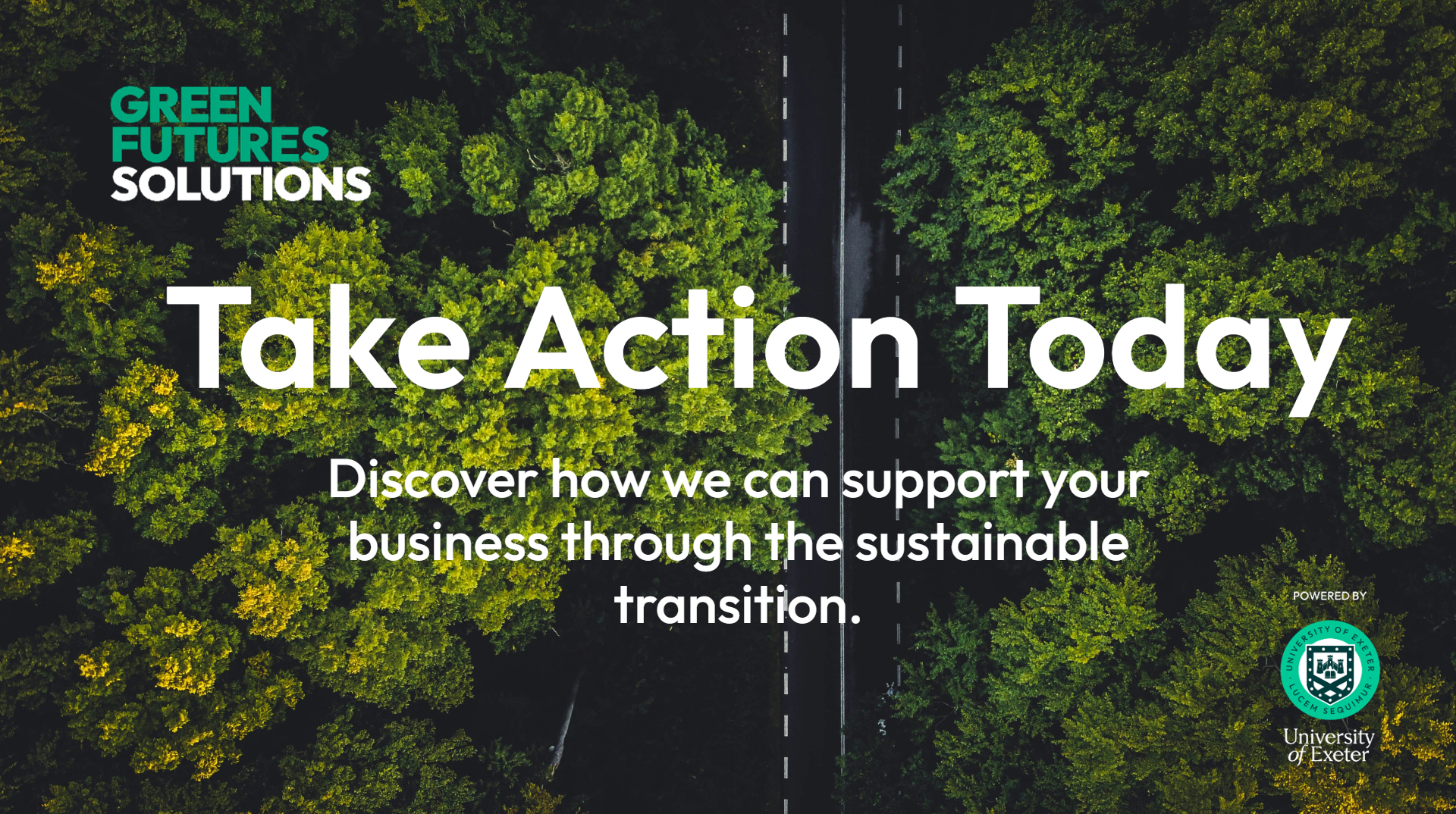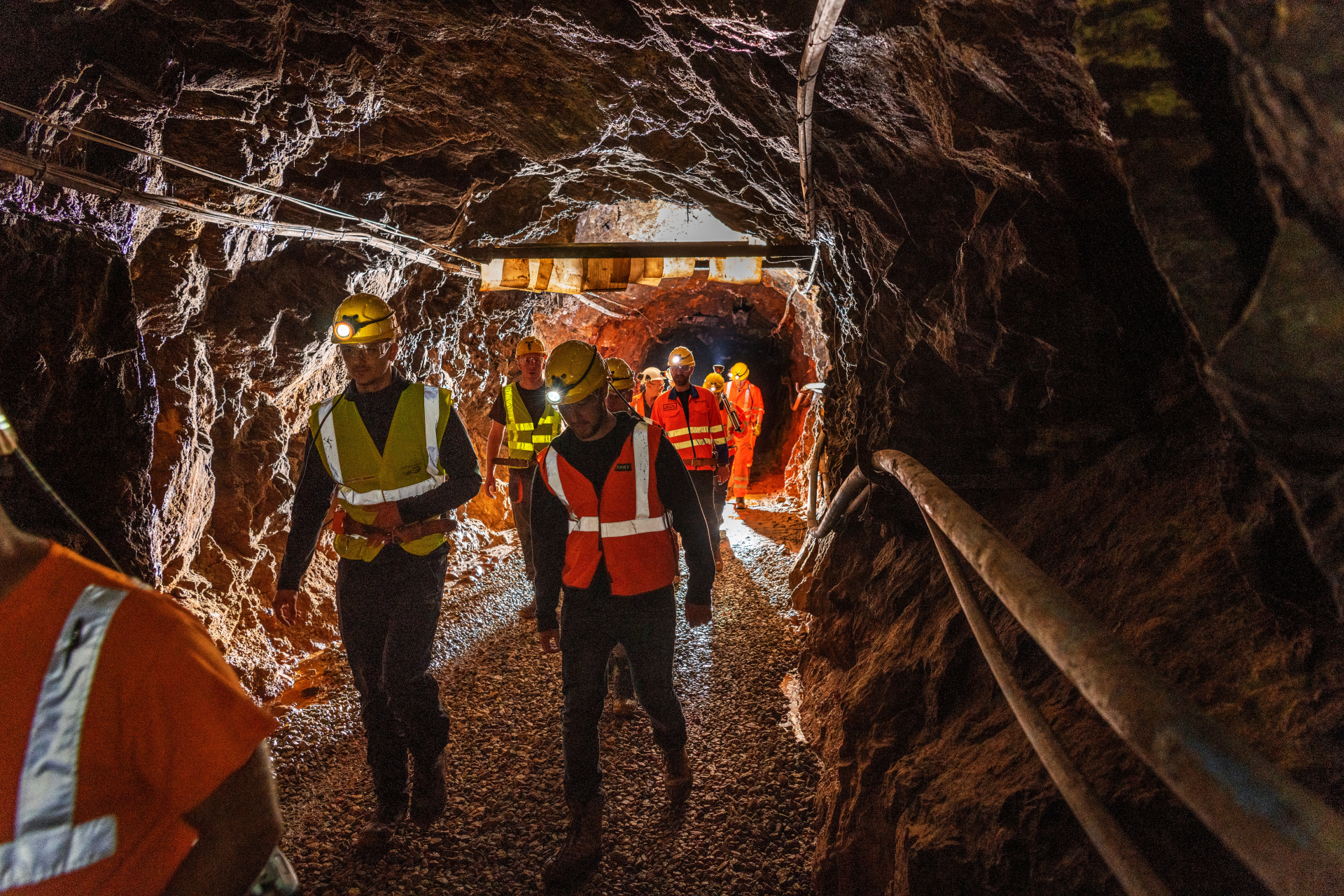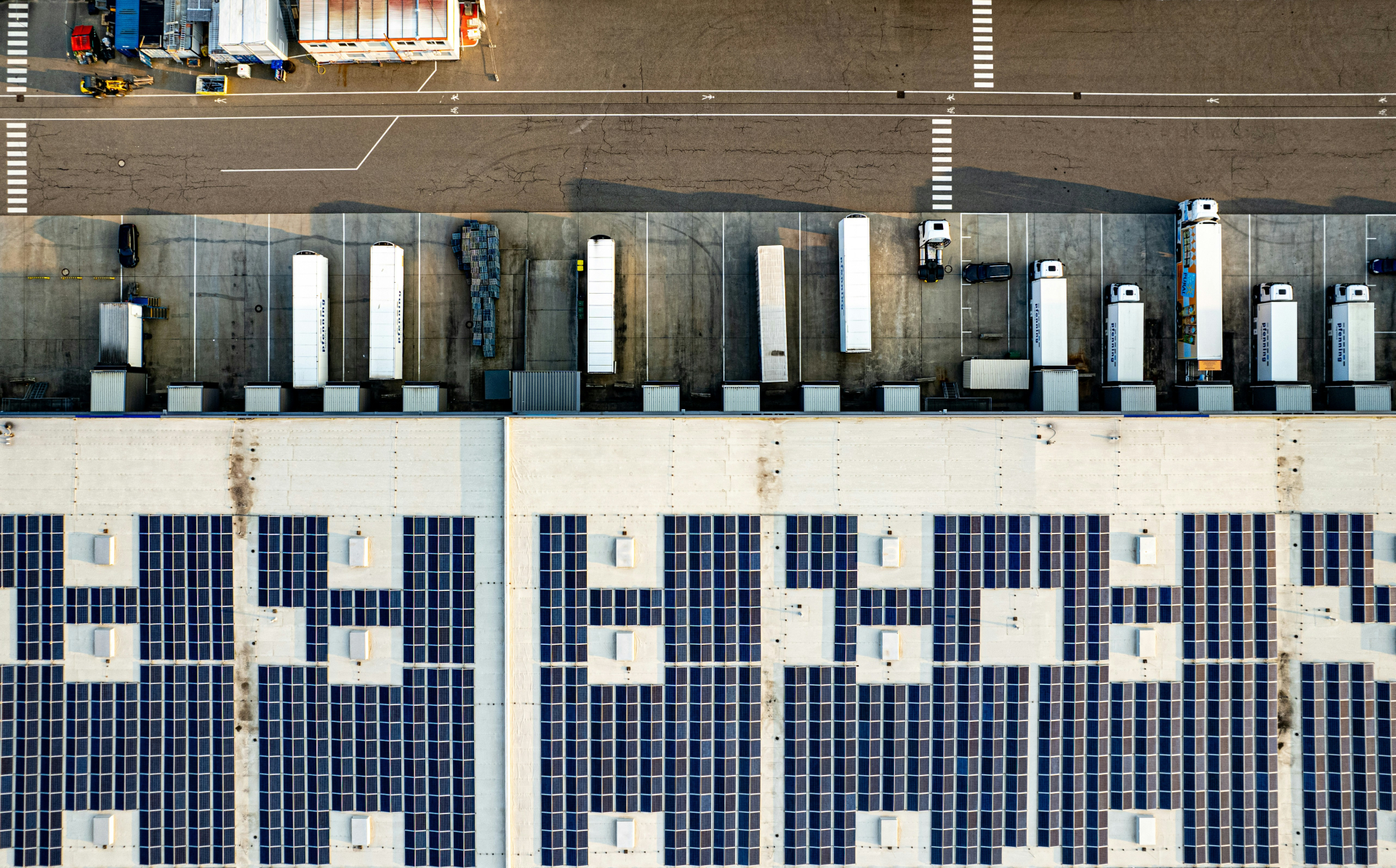Blog
How your business can reduce its carbon footprint and tackle Scope 3 emissions

With so many organisations working to reduce their carbon emissions and reach Net Zero status, in some ways, it has never been easier to become more sustainable. Today, there is more support available than ever before – from the consultancies helping companies make that first step, to the advice of firms and experts who are well into the journey.
However, the ability to measure emissions accurately, and reduce them effectively, often throws up many challenges. For businesses looking to reduce their carbon footprint for the first time, or for those who want to go further and reduce their Scope 3 emissions, getting an accurate roadmap is harder than it first seems.
In this Green Futures Solutions guide, we unpack everything you need to know about reducing carbon emissions. Read on to learn what a good carbon footprint involves, how to measure it correctly, and how your organisation can start to reduce its environmental impact.
What is a carbon footprint, and why is it important?
Put simply, a carbon footprint is the accurate and transparent record of emissions associated with the operation of a particular organisation. A complete carbon footprint is the measure of an organisation’s total emissions, which includes their direct impacts (such as fuels burned) but also their indirect ones (such as emissions from goods produced by suppliers).
Importantly, a carbon footprint informs the basis from which an organisation can act to reduce its carbon emissions. If you can’t measure your emissions, you can’t manage them.
How to measure your carbon footprint and get it right?
How can businesses reduce their carbon emissions?
Once you have measured your carbon footprint, look at your impact against your influence. What are your biggest sources of emissions (your impact), and where are the areas you can directly affect change (your influence)? For example, if your biggest impact is in energy usage, but your organisation works in a shared office building with no control over that, this is an area of low influence but high impact.
There are always some quick wins – areas of high impact and influence that your business can quickly change to reduce emissions. Some good examples include:
- Buying refurbished IT. While many businesses purchase new laptops and devices for staff, buying refurbished equipment is a highly effective move. Most refurbished equipment comes with the same quality and warranties, giving your organisation an easy way to remove the emissions associated with producing new kit and saving costs at the same time.
- Removing single-use plastics from your premises and operations is another easy, effective strategy. Since recycled and re-usable materials are widely available now, using these alternatives reduces the emissions caused by producing and disposing of plastic.
- Switch to a renewable energy supplier. With the increase in online switch services and renewable energy providers, it is now incredibly easy to change to a renewable provider so that your office is powered by wind and solar, not polluting fossil fuels.
- Engage with your staff to understand their commuting habits. For some organisations, many of their emissions are tied up in commuting. But by mapping how your employees travel to work, and from where, you can reduce emissions through car-sharing schemes and making changes to people’s place of work, for example.
- Look at your suppliers. A difficult but important step is to investigate your supply chain. Where do you buy your goods from, and why? Are your current suppliers taking steps to reduce their carbon emissions? If not, are there lower impact alternatives, such as different suppliers or even different products?
As this final point shows, reducing your carbon emissions is not about tackling the small wins or the big ones; it is about tackling both in tandem.
Why should businesses reduce their Scope 3 emissions?
How can your business reduce Scope 3 emissions?
Reducing your Scope 3 emissions means taking a comprehensive, collaborative approach that involves detailed analysis, supplier engagement, logistics optimisation, product redesign, waste management, and culture change. To do that, you need strong data and expertise to help you identify and implement the best solutions.
At the University of Exeter, we have that in abundance. Home to over 1500 environment and climate scientists, we have the technical expertise to calculate Scope 3 emissions, along with the practical experience of having calculated and reduced our own.
Our offer includes:
- Data technicians who know exactly how to crunch the numbers for large, complex organisations.
- Experts in sustainable business and circular economy who can introduce tried-and-tested strategies across your supply chain, and work with key suppliers to adopt sustainable materials.
- A bank of world-leading sustainability research, meaning we can measure highly accurate carbon footprints, and identify powerful solutions that are not available elsewhere.
At the university, our world-leading expertise on sustainability is what sets us apart, especially when it comes to tackling complex Scope 3 emissions. Add to that our ambition to lead meaningful action on the climate and environment emergency, along with our independence as a centre of research excellence, and you’ll see how working with us provides not just the quick fix, but the ability to drastically reduce emissions – and costs – across your entire operations.
This article was developed with insight from Chris Phillips, an expert in decarbonisation and circular economy at the University of Exeter.
To find out more about the carbon footprint and emissions services available through Green Futures Solutions, please contact Chris or the GFS team.
Related
Exeter Innovation
We are the trusted partner in transformative innovation, empowering organisations across the globe to make ecologically responsible decisions – for today and for future generations.









